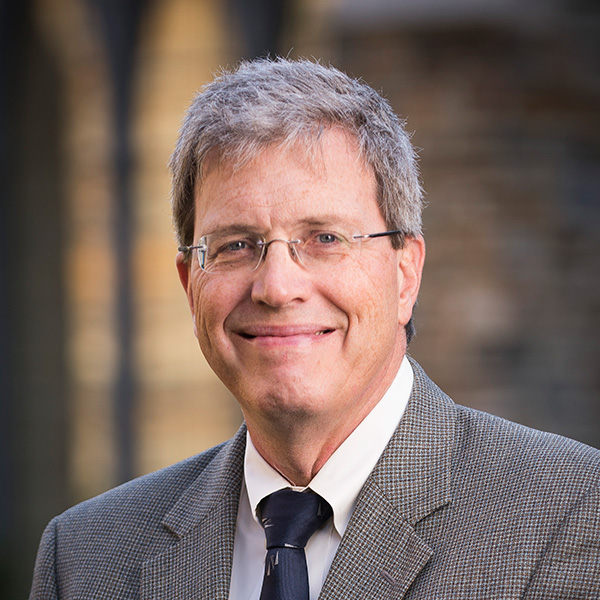Evangelicals care more than mainline Protestants about keeping their young people in the faith. This is the striking conclusion James Wellman reaches in his fascinating book, “Evangelical vs. Liberal: The Clash of Christian Cultures in the Pacific Northwest” (Oxford). Based on observations, interviews, and focus group discussions with people from 24 evangelical and 10 mainline churches, all vital churches with stable or growing memberships, this lively book compares these two religious cultures in many ways. How people think about youth and youth ministry emerges as a key difference: “For evangelicals, if children and youth are not enjoying church, it is the church’s fault and evangelical parents either find a new church or try to improve their youth ministry. For liberals, the tendency is the reverse; if youth do not find church interesting it is their problem. Evangelicals are simply more interested and invested in reproducing the faith in their children and youth and their churches reflect this priority.”
Even though evangelical and mainline churches both lose many young people to the ranks of the religiously unaffiliated, and even though both groups lose more young people than they did before, evangelical churches still lose fewer young people than liberal churches lose. Evangelical families emphasize religion more than mainline families do, and evangelical churches involve young people in a denser social web of youth groups, church camps, and church-based socializing, all of which increase the chances that a young person will remain in the fold as an adult. This is one reason that evangelical denominations have not suffered the same membership declines in recent decades that more liberal, mainline denominations have suffered.
Results from the National Congregations Study (NCS) confirm that religious groups prioritize youth ministry differently. Whatever the religious group, churches with more teenagers will of course be more likely to have programs for those teens. But the above graph shows that, in churches with 50 or more teenagers, white evangelical churches are substantially more likely than white mainline Protestant churches to employ a full-time youth minister. Fifty-nine percent of evangelical churches with 50-99 teens have a full-time youth minister, compared with only one third of white mainline churches with that many teens. And nearly all (87 percent) evangelical churches that have 100 or more teens have a full-time youth minister, compared to only 55 percent of mainline churches with that many teens. Catholic and black Protestant churches are even less likely to employ a full-time youth minister, but this is partly because they employ fewer staff of all sorts, as I documented in an earlier post.
(A technical note: The numbers in this graph give the percentage of churches with between 1 and 6 full-time ministerial staff who employ a full-time youth minister. Churches with 7 or more full-time staff are not included because the NCS didn’t ask for job titles if there were 7 or more staff).
Interestingly, mainline and evangelical Protestants do not differ on other indicators of programming for youth. Evangelical and mainline churches are equally likely to have youth groups, teen choirs, and teens speaking at a worship service, and they are just as likely to have sent some of their teens to church camps. Mainline churches are more likely than anyone else to involve teenagers in church governance, and black churches are more likely than anyone else to have a teen choir.
But youth groups, teen choirs, and teen-led worship services are inexpensive compared to hiring a full-time youth minister, and having a full-time youth minister surely enhances the quantity and quality of a church’s teen programming. It is difficult to know for sure, but evangelicals’ deeper concern to reproduce the faith in their children probably leads to hiring more full-time youth ministers, which probably leads to keeping more youth in the church. Evangelical churches invest more than mainline churches in youth ministries, and it is difficult to avoid the conclusion that this investment difference reflects a difference in the priority placed on keeping young people in the church.








